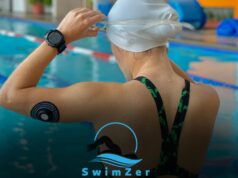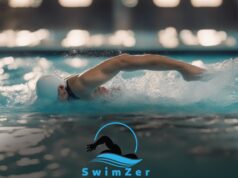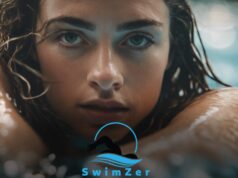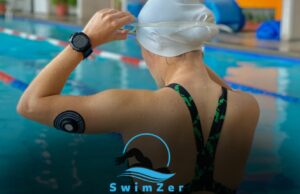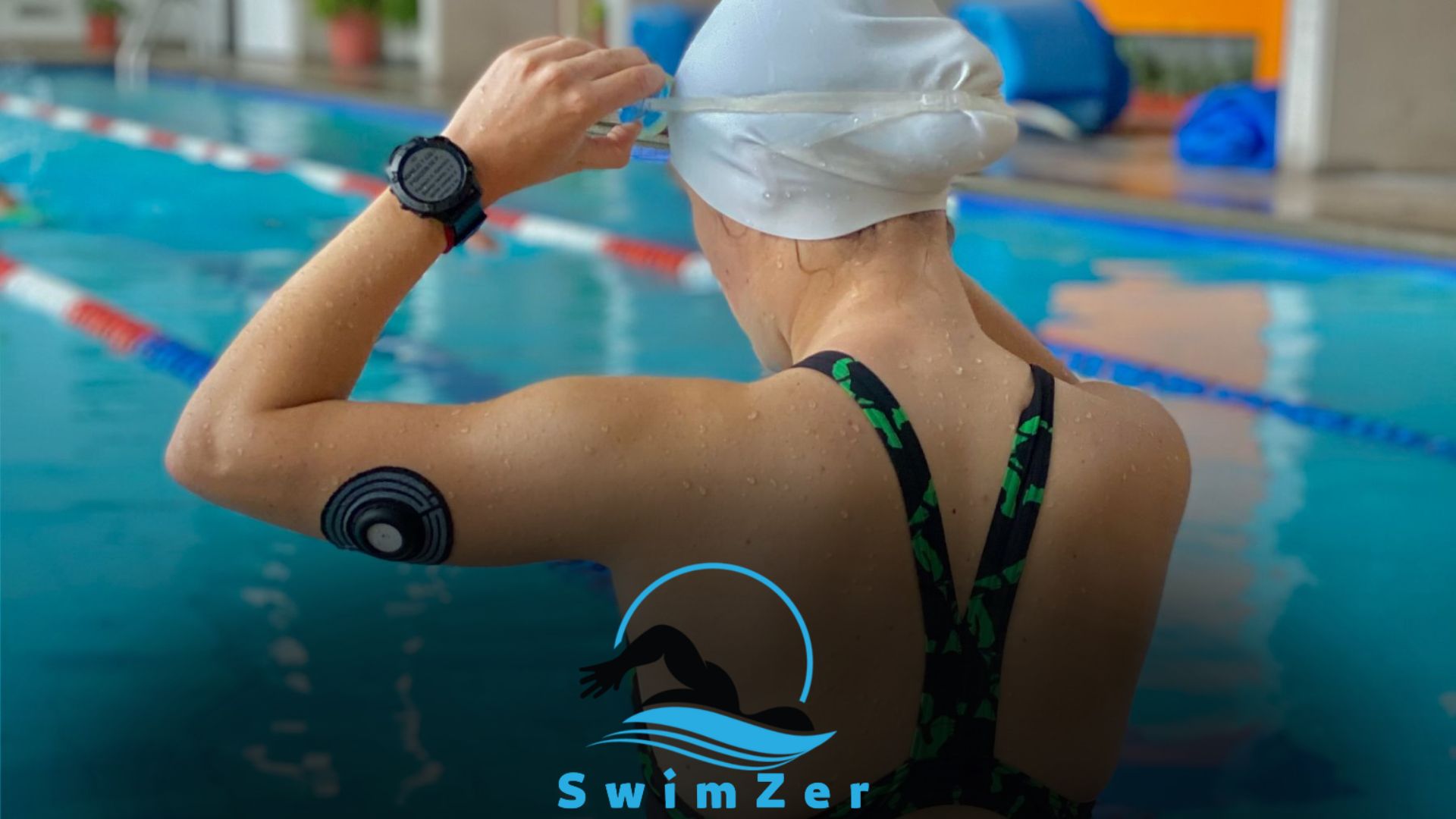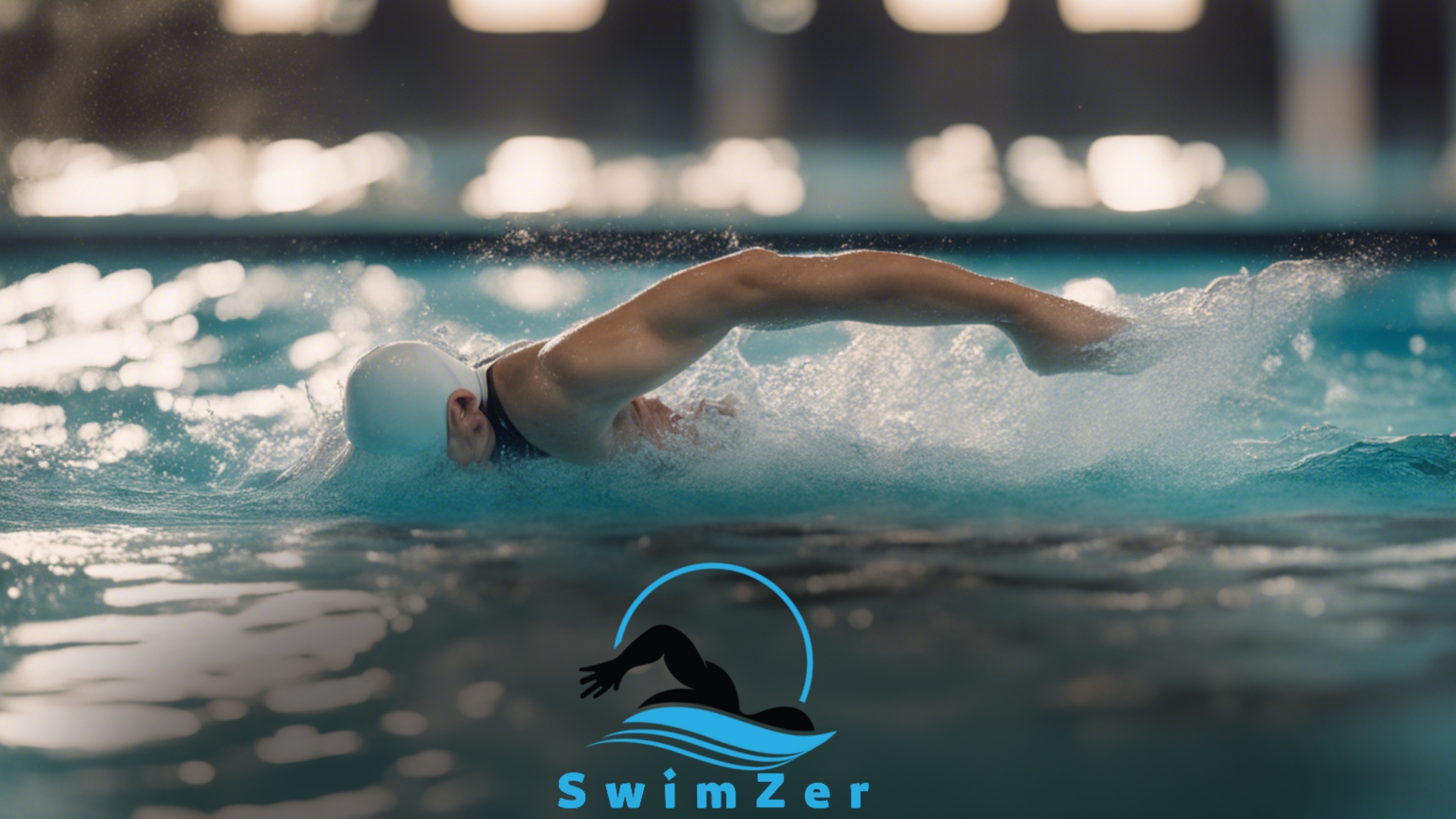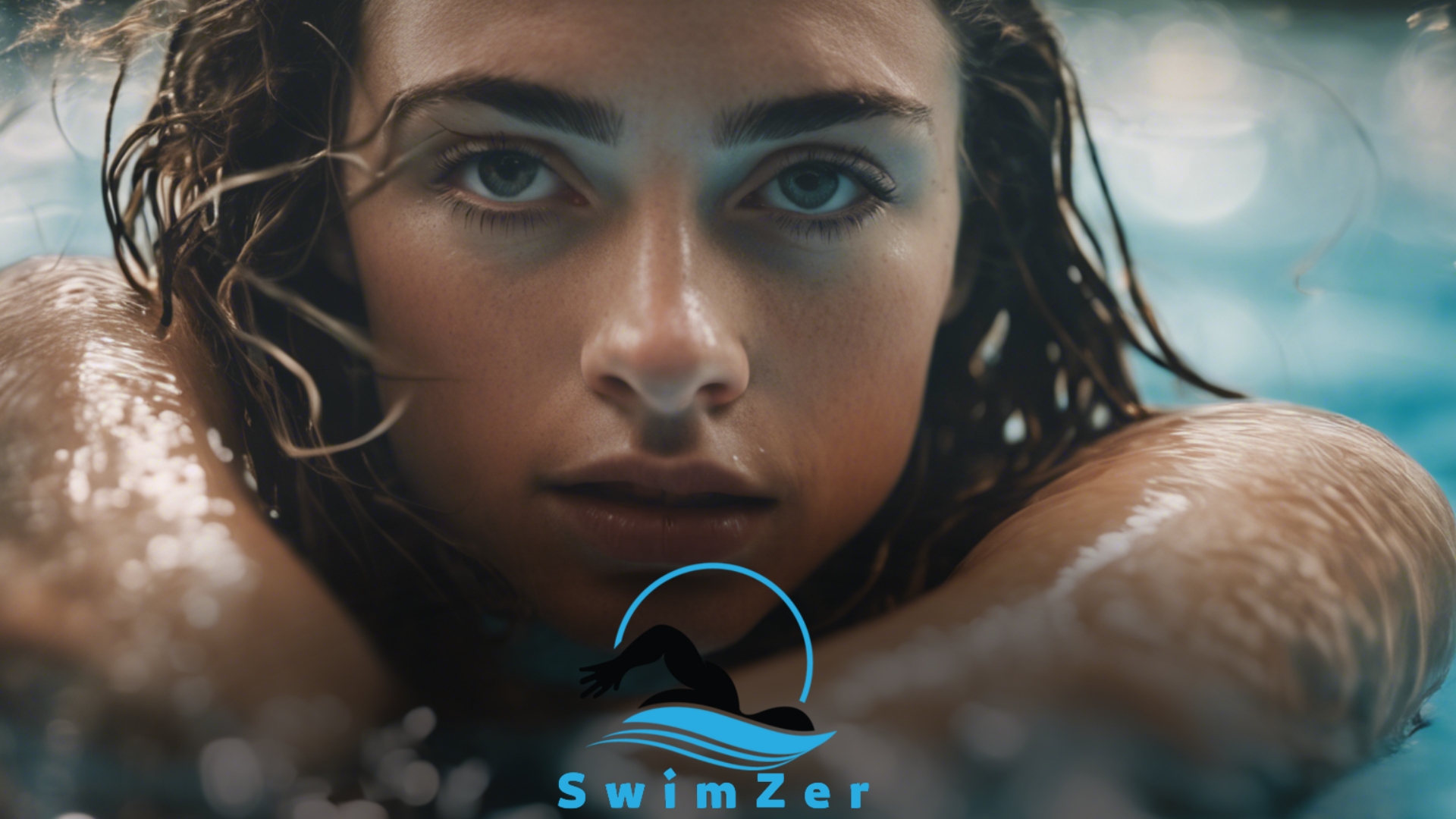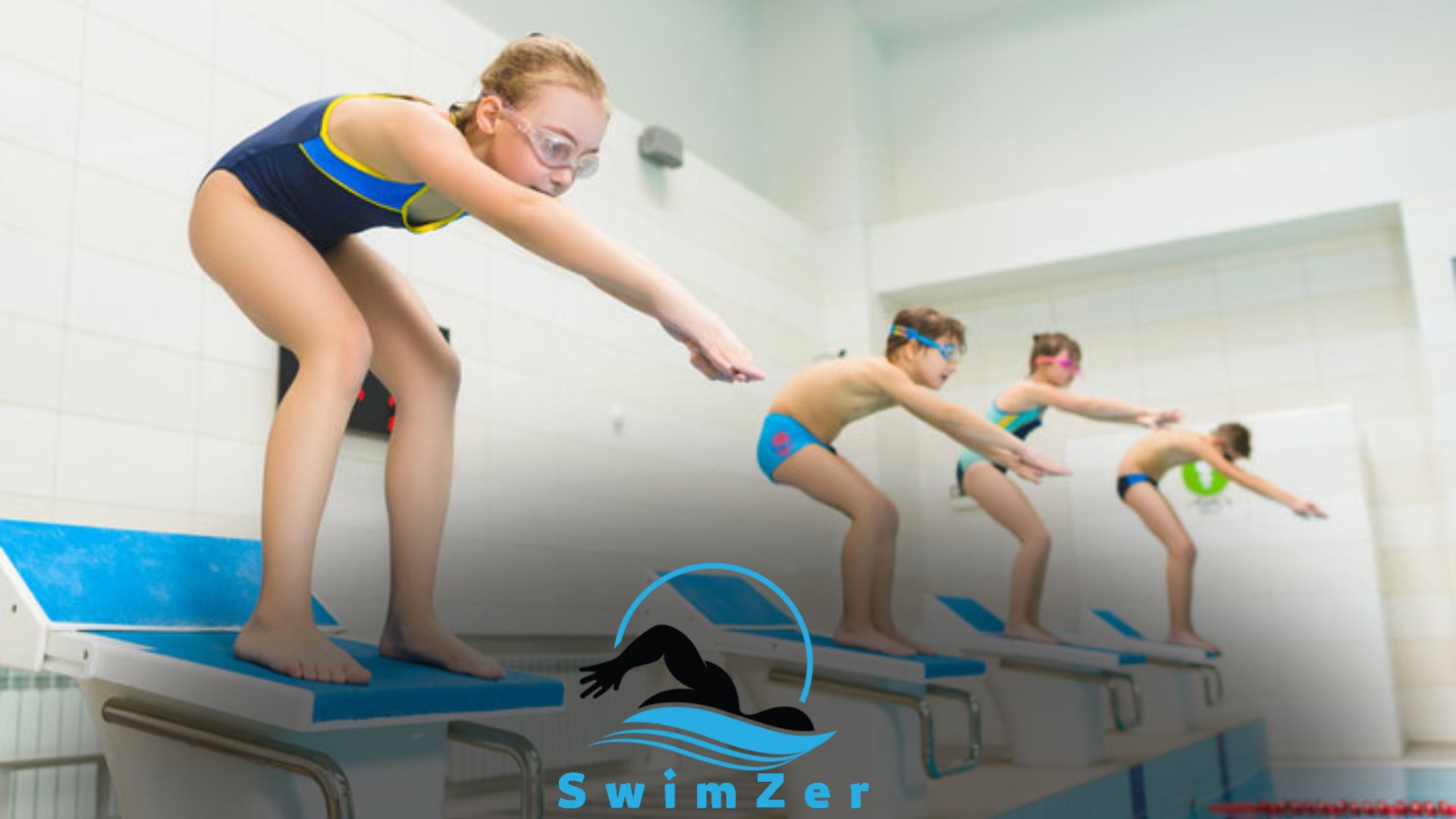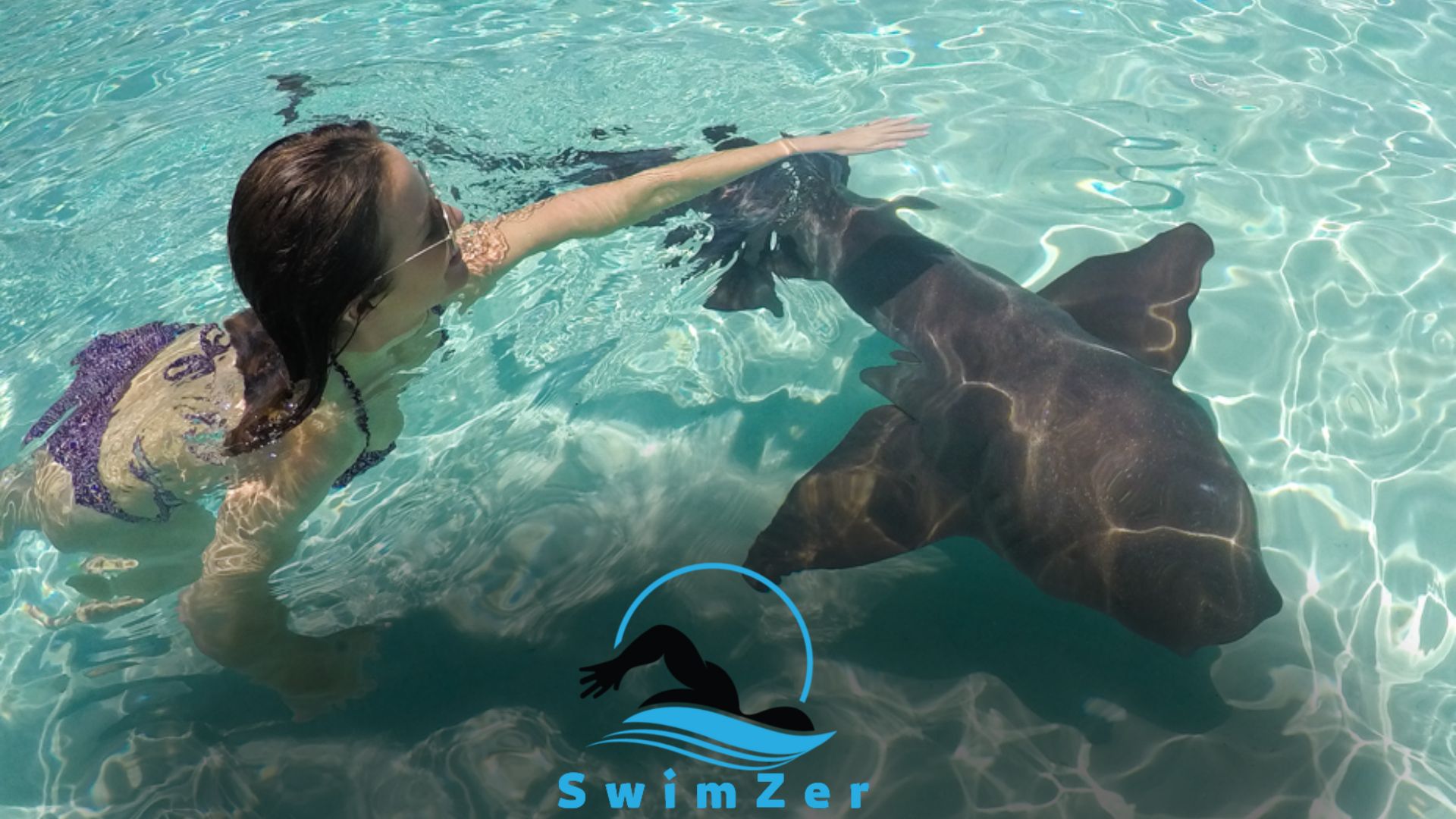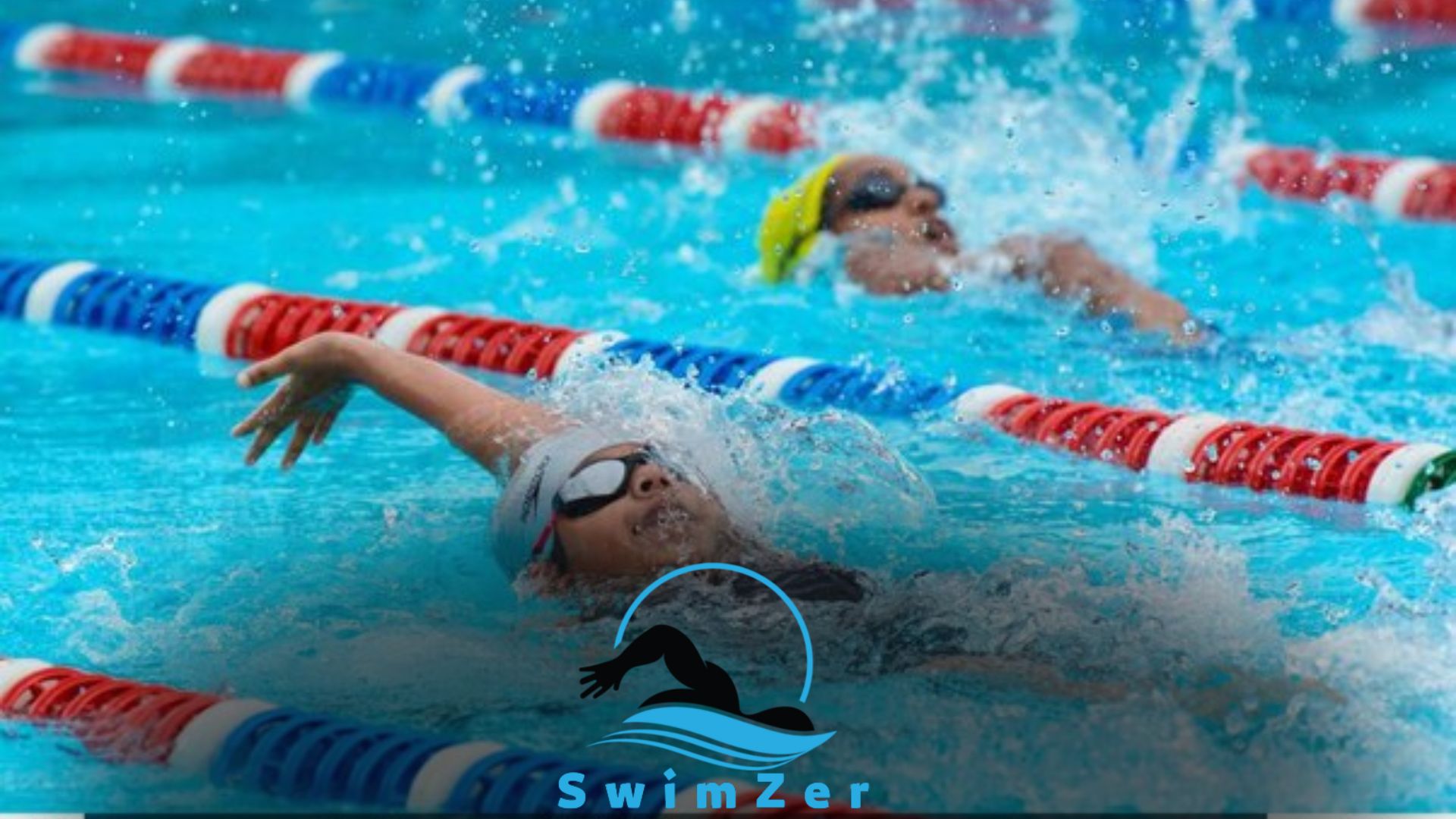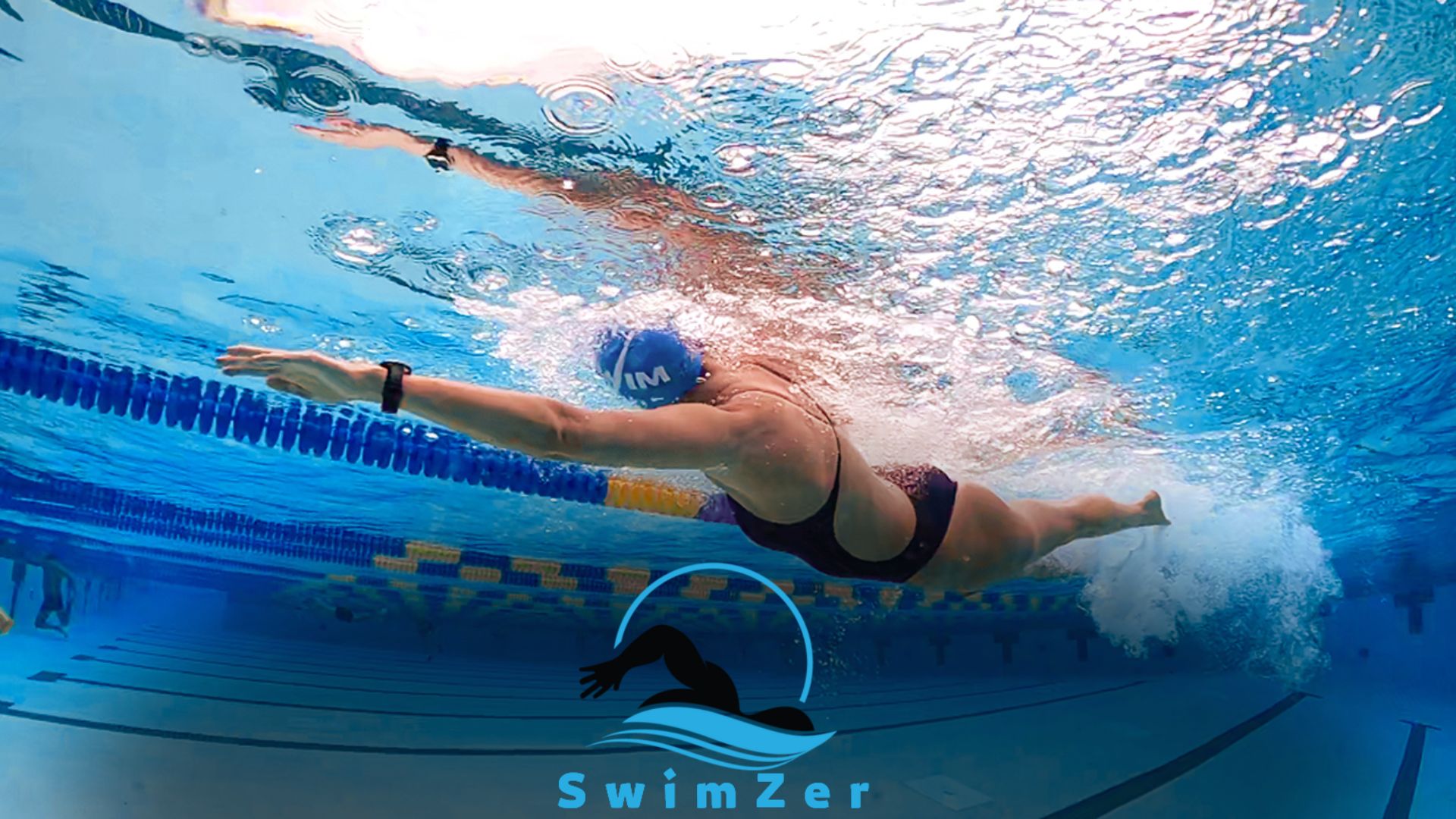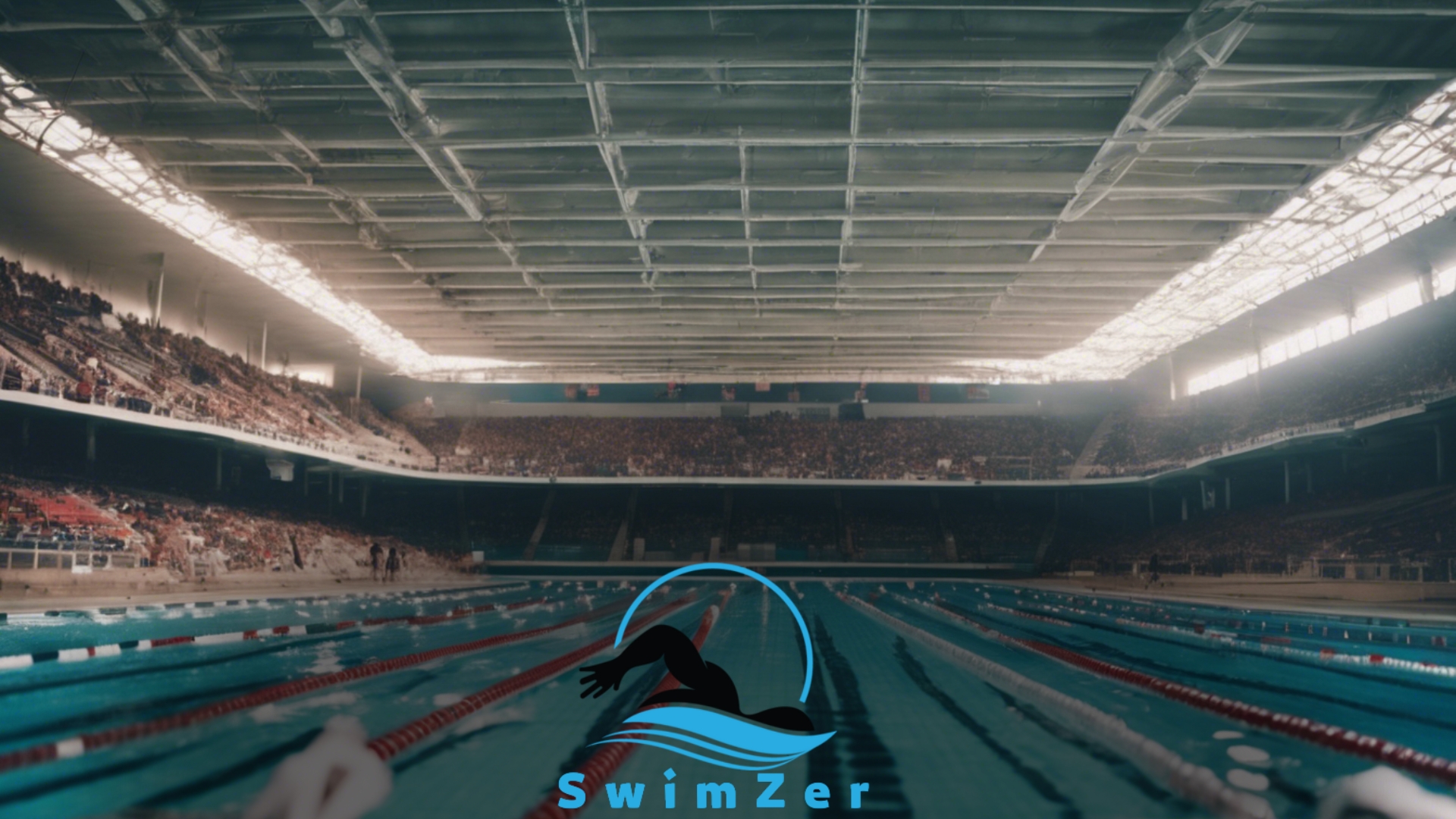A swimming stroke is a specific movement pattern swimmers use to propel themselves through the water. It involves rhythmic movements of the arms and legs in a coordinated manner.
Swimming strokes vary in technique and purpose, with popular ones including freestyle, backstroke, breaststroke, and butterfly. Each stroke has its unique characteristics regarding body position, arm and leg movements, and breathing patterns.
Swimmers often specialize in one or more strokes, competing in races or enjoying recreational swimming.
Understanding the different swimming strokes is essential for swimmers of all levels to improve technique, efficiency, and overall performance in the water.
Understanding Swimming Strokes
Swimming is a popular recreational activity and a highly competitive sport. Whether you are swimming for leisure or aiming to improve your performance, understanding the different swimming strokes is crucial. Each stroke has its distinct technique, benefits, and challenges.
In this blog post, we will explore the various swimming strokes, starting with a brief definition of a swimming stroke.
Brief Definition of a Swimming Stroke
A swimming stroke can be defined as a specific way of moving through the water using a combination of arm and leg movements. It involves coordinating different muscle groups and body positions to propel oneself forward efficiently. Competitive swimming organizations recognize four main swimming strokes:
- Freestyle: Also known as front crawl, freestyle is the fastest swimming stroke and is often used in freestyle races. It involves alternating arm movements combined with a flutter kick.
- Backstroke: As the name suggests, backstroke is performed on the back. The swimmer moves their arms in a windmill motion while executing a flutter kick. Backstroke is considered more relaxing as the face is out of the water.
- Breaststroke: Breaststroke is characterized by a simultaneous movement of both arms in a circular motion, followed by a powerful leg kick in which the feet are turned outwards. Beginners often prefer this stroke as it offers good stability and control.
- Butterfly: Butterfly is the most challenging swimming stroke, requiring upper and lower body strength. It involves a simultaneous movement of both arms in an over-the-water recovery combined with an undulating dolphin kick.
Each swimming stroke has its own set of rules and regulations in competitive swimming, including specific start and turn techniques. However, whether you are a competitive swimmer or swimming for leisure, technique plays a vital role in swimming efficiency.
The Role of Technique in Swimming Efficiency
While physical strength and endurance are essential in swimming, technique maximizes efficiency in the water. A swimmer with proper technique can conserve energy, maintain speed, and reduce the risk of injury.
Here are some key elements of technique that contribute to swimming efficiency:
- Body Position: Maintaining a streamlined body position with the hips high and the body aligned horizontally helps minimize drag and resistance in the water.
- Arm Movements: How you position and pull your arms through the water dramatically impacts propulsion. A correct arm pull combines a high elbow, forearm propulsion, and a firm hand finish.
- Kick: The kick, whether flutter or dolphin, should complement the arm movements to generate forward momentum and balance the body.
- Breathing Technique: Proper breathing allows swimmers to breathe adequate oxygen without losing momentum. It involves timing your breaths with your arm movements and finding a rhythm that suits your stroke.
- Rhythm and Timing: Each stroke has a specific rhythm and timing that optimizes speed and efficiency. Practicing and developing a sense of timing is essential to maximize performance.
By improving technique and mastering the intricacies of each swimming stroke, swimmers can enhance their overall efficiency and enjoyment in the water.
Whether you are a beginner or an experienced swimmer, ongoing practice and guidance from a qualified instructor can help you refine your technique and take your swimming to the next level.
Dive into ‘What is a Swimming Stroke’
A swimming stroke refers to the specific technique swimmers use to move through the water. It involves coordinated arms, legs, and body movements, helping swimmers achieve momentum and efficiency. From freestyle to breaststroke, each stroke has its unique characteristics and benefits.
Characterizing the Swimming Stroke Concept
Understanding what a swimming stroke is can significantly contribute to your swimming technique. A swimming stroke refers to a swimmer’s specific movement and technique to propel themselves through the water. It involves coordinated arms, legs, and body movements to generate forward motion.
Swimming strokes are not limited to competitive swimming; they are also used in recreational, fitness, and water-based activities. Each stroke has its distinct style, arm and leg movements, and breathing patterns.
Mastering different swimming strokes can help swimmers improve their efficiency and speed, allowing them to enjoy their time in the water even more.
How Swimming Strokes Are Categorized
Swimming strokes are categorized based on the movements and the body’s position in the water. There are four main swimming strokes recognized in competitive swimming:
- Freestyle (Crawl): This is the most common swimming stroke, characterized by alternating arm movements and continuous kicks. It allows for efficient forward propulsion and is often the fastest stroke in competitions.
- Backstroke: In this stroke, swimmers lie on their backs and perform alternating arm movements while continuously kicking their legs. Maintaining a straight body position while swimming on the back is essential.
- Breaststroke: The breaststroke involves a symmetrical movement of the arms and a frog-like kick. Swimmers glide through the water as their arms move simultaneously in a forward circular motion.
- Butterfly: The butterfly stroke is characterized by simultaneous downward movement of both arms and dolphin-like kicking. It requires significant upper-body strength and coordination.
These four strokes are the foundation of competitive swimming, but there are also other strokes that swimmers may practice for various recreational purposes. These include sidestroke, elementary backstroke, and various forms of underwater swimming.
| Swimming Stroke | Characteristics |
|---|---|
| Freestyle (Crawl) | Alternating arm movements, continuous kicks |
| Backstroke | Alternating arm movements while swimming on the back, continuous kicks |
| Breaststroke | Symmetrical arm movement, frog-like kick |
| Butterfly | Simultaneous downward arm movement, dolphin-like kick |
Knowing the different swimming strokes and their characteristics can help you choose the correct stroke for various situations, such as improving speed or conserving energy during a long-distance swim.
It is essential to practice and refine your technique in each stroke to become a well-rounded and efficient swimmer.
Types of Swimming Strokes

Swimming is a popular water-based activity that provides a great workout and allows individuals to relax and enjoy the water. One of the essential components of swimming is the different types of strokes.
Each swimming stroke has its own unique set of characteristics, techniques, and forms. This article will explore the various types of swimming strokes, including freestyle, breaststroke, backstroke, butterfly stroke, and alternative strokes or personal variations.
Freestyle: Description and Techniques
The freestyle stroke, the front crawl, is the most popular and fastest in competitive swimming. It involves rhythmic arm movements, flutter kicks, and continuous breathing.
The swimmer alternates their arms in a windmill-like motion, propelling themselves forward through the water. The freestyle stroke requires a strong core, upper body strength, and precise arm and leg coordination.
Breaststroke: Mechanics and Form
The breaststroke is the oldest known swimming stroke, often called the “frog style.” This stroke involves a symmetrical movement of the legs, which move simultaneously in a circular motion, while the arms move in a sweeping motion.
Swimmers glide through the water, extending their arms forward and bringing them back to the starting position. The breaststroke requires a good sense of timing and coordination, and flexibility in the hips and knees.
Backstroke: Characteristics and Execution
As the name suggests, the backstroke is performed on the swimmer’s back. It requires the swimmer to lie flat with their face upwards and execute a coordinated motion of the arms and legs.
The arms move in a windmill-like fashion while the legs perform a flutter kick. The backstroke allows swimmers to breathe freely without interrupting their rhythm. Core strength, upper body stability, and efficient body rotation are crucial for executing the backstroke effectively.
Butterfly Stroke: Complexity and Skills
The butterfly stroke is known for its technical complexity and demanding skill set. It involves simultaneous movements of both arms and legs, resembling the movements of a butterfly’s wings. Swimmers must generate powerful dolphin kicks while executing an over-the-water recovery of the arms.
The butterfly stroke requires strong core muscles, shoulder mobility, and excellent coordination to maintain an efficient and streamlined body position in the water.
Alternative Strokes and Personal Variations
In addition to the four main swimming strokes mentioned above, swimmers may adopt alternative strokes and personal variations. These strokes are often used for recreational purposes or to focus on specific muscle groups.
Some of these alternative strokes include sidestroke, elementary backstroke, and sculling. Swimmers may also develop personalized variations based on their swimming style and preferences.
Perfecting Your Stroke
Mastering a swimming stroke is crucial for any swimmer looking to improve their technique and performance. By perfecting your stroke, you can enhance your efficiency in the water and maximize your power and speed.
Understanding the importance of mastering a stroke, identifying common mistakes, and incorporating training drills specific to each stroke are critical factors in achieving your swimming goals.
Importance of Mastering a Stroke
Mastering a swimming stroke requires more than simply moving your arms and legs in a particular motion. It involves precise coordination of your body, breath control, and maintaining a streamlined position in the water.
When you master a swimming stroke, you develop a strong foundation, enabling you to swim with better technique, greater endurance, and increased speed.
Common Mistakes and How to Improve
Even experienced swimmers can fall into the trap of making common mistakes that hinder their stroke efficiency. One common mistake is improper body alignment, causing unnecessary drag.
To improve this, focus on maintaining a horizontal body position and engaging your core muscles for better stability and reduced resistance.
Another common mistake is incorrect hand entry, leading to poor catch and propulsion. To address this, ensure that your hands enter the water smoothly and relaxed, just slightly in front of your head. This allows for a better catch phase, maximizing your pulling power and overall stroke efficiency.
Furthermore, inadequate breathing techniques can negatively impact your stroke. Many swimmers tend to hold their breath or breathe inefficiently, leading to fatigue and reduced performance.
Practice rhythmic and consistent breathing patterns that align with your stroke to improve your breathing. Emphasize exhaling underwater and inhaling quickly to the side during the appropriate phase of the stroke.
Training Drills for Different Strokes
Each swimming stroke requires specific training drills tailored to its unique characteristics. Incorporating these drills into your practice sessions allows you to refine your technique and address particular weaknesses for each stroke.
A “catch-up” drill can help improve body alignment and coordination for the freestyle stroke. With this drill, you swim freestyle while extending one arm in front until the other completes an entire stroke cycle. This encourages proper timing, body rotation, and a fluid stroke motion.
For the backstroke, the “double-arm backstroke” drill can be beneficial. In this drill, you simultaneously perform the backstroke motion with both arms, focusing on synchronized movements and maintaining a consistent body roll. This drill enhances stroke symmetry and improves overall backstroke technique.
| Stroke | Training Drill |
|---|---|
| Butterfly | Dolphin kick on your back |
| Breaststroke | Sculling drill |
The butterfly stroke benefits from the “dolphin kick on your back” drill. By lying on your back and performing dolphin kicks with arms extended above your head, you can strengthen your core and legs, fostering a more robust and efficient butterfly kick.
As for the breaststroke, practicing the “sculling drill” can help improve your feel for the water and enhance your arm movements. This drill involves making small figure-eight movements with your hands and forearms while keeping the rest of your body still, allowing you to focus on generating propulsive forces with your hands and forearms.
Perfecting your swim stroke is an ongoing process that requires consistent practice, focus, and attention to detail. By understanding the importance of mastering a stroke, identifying common mistakes, and incorporating specific training drills, you can continuously refine your technique and become a more efficient and powerful swimmer.
Stroke Regulations in Competitions
In swimming competitions, stroke regulations ensure fair and consistent races. Governing bodies have established specific rules and guidelines for each swimming stroke to maintain a level playing field and accurately judge the performance of the athletes.
Understanding these stroke regulations is essential, whether you are a swimmer, an aspiring athlete, or a sports fan. The following sections will discuss the rules governing each stroke in events and how strokes are judged in races.
Rules Governing Each Stroke in Events
Swimming competitions include various events where participants showcase their swimming skills using different strokes. Each stroke has its own set of rules and regulations that must be adhered to during these events.
Here is an overview of the key rules governing each stroke:
- Freestyle: As the name suggests, the freestyle stroke allows swimmers to choose any preferred style. However, specific rules still apply, such as staying on the surface throughout the race and not pulling on the lane rope for assistance.
- Butterfly: The butterfly stroke requires swimmers to swim on their chest and perform a simultaneous arm movement, where both arms must touch the water surface at the same time. Additionally, both legs must be moved together, and a dolphin kick is used.
- Backstroke: In backstroke events, swimmers must swim on their backs throughout the race. They can use an alternating arm movement, and their shoulders must be in line with or past the vertical towards the back. Simultaneously, a flutter-kicking motion is utilized.
- Breaststroke: Breaststroke follows a specific arm and leg movement pattern. Swimmers must perform a simultaneous arm pull, bringing the hands together at the breast level. The legs move together in a whip-kick motion, where both feet must be turned outward simultaneously.
How Strokes Are Judged in Races
In swimming races, strokes are judged meticulously to ensure that swimmers follow the regulations set for each stroke. Judges monitor the competitors’ performance along the pool and penalize any deviation from the rules. The primary factors considered during stroke judging include:
- Technique: Judges pay close attention to the swimmers’ technique, including stroke efficiency, body position, and coordination. Correctly executing the prescribed arm and leg movements is crucial for a favorable judgment.
- Distance covered: Swimmers must cover each pool lap within specific guidelines. Any deviation from the set distance may result in a penalty or disqualification.
- Turns and starts: Transitions, such as turns (flips) and starts, are also assessed for adherence to the rules applicable to each stroke. Executing these transitions correctly can provide a competitive advantage in races.
- Timing: Precise timing systems measure and record the swimmers’ race times. This ensures accurate rankings and identification of the winner.
By closely following these stroke regulations and thoroughly understanding how strokes are judged in races, swimmers can compete pretty and assess their performances accurately.
The Science Behind Stroke Efficiency
Swimming strokes are efficient due to the science of stroke mechanics, which focuses on factors like body position, propulsion, and coordination. Understanding the mechanics behind each stroke can help swimmers improve their efficiency in the water.
Hydrodynamics and Its Impact on Swimming
Understanding the science behind stroke efficiency is crucial for swimmers who aim to improve their performance in the water. One key element of stroke efficiency lies in the study of hydrodynamics, which examines how fluids (in this case, water) interact with objects moving through them.
By grasping the principles of hydrodynamics, swimmers can leverage this knowledge to minimize drag and maximize propulsion in the water.
Hydrodynamics involves various factors that influence how water flows around the swimmer’s body and affect their movement. For instance, the body’s shape, position, and orientation of the limbs—all these aspects contribute to a swimmer’s ability to move through water with minimal resistance.
Understanding these principles allows swimmers to modify their stroke technique and optimize their body position for incredible speed and efficiency.
One way to enhance hydrodynamics in swimming is by maintaining a streamlined body position. By aligning the body horizontally and keeping it tight, swimmers can reduce the surface area that encounters resistance, ultimately minimizing drag.
Moreover, making subtle adjustments to body positioning during different phases of a stroke can significantly affect the efficiency of the stroke.
The Relationship Between Stroke and Speed
When it comes to swimming, stroke efficiency directly affects speed. A well-executed swimming stroke propels a swimmer forward, allowing them to cover more distance in less time. In contrast, an inefficient stroke can impede progress, leading to slower speeds and wasted energy.
The speed at which a swimmer can move through the water is determined by a combination of factors, including stroke length, stroke rate, and power output. Stroke length refers to the total distance each arm covers during a complete stroke cycle. A longer stroke length is associated with more excellent propulsion and increased speed.
Additionally, stroke rate plays a crucial role in swimming speed. Stroke rate refers to the number of strokes a swimmer takes per minute. While a higher stroke rate can contribute to faster swimming, balancing stroke rate and length is essential. Finding the optimal combination of stroke rate and size is critical for achieving maximum speed and efficiency in the water.
Lastly, power output, the force generated by the swimmer’s muscles, also impacts swimming speed. The more powerful the stroke, the greater the propulsion and speed. However, swimmers must maintain proper technique to avoid excessive strain or wasted energy.
Conclusion
Swimming strokes are the defined techniques used to move through water efficiently, providing a thrilling and full-body workout. With various strokes, such as freestyle, butterfly, backstroke, and breaststroke, swimmers can choose their preferred method based on their goals and preferences.
Each stroke demands unique arms, legs, and body coordination to optimize speed and endurance. By mastering these strokes, swimmers can enhance their overall performance and enjoy the beauty of swimming. Dive in and embrace the art of swimming strokes for an exhilarating aquatic experience.


